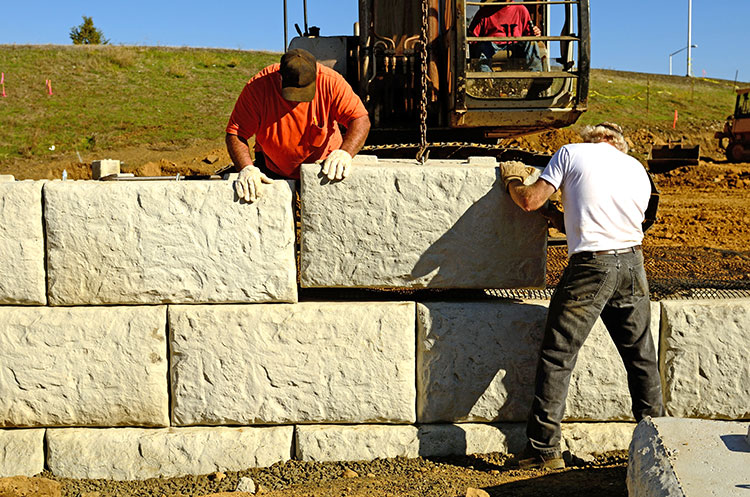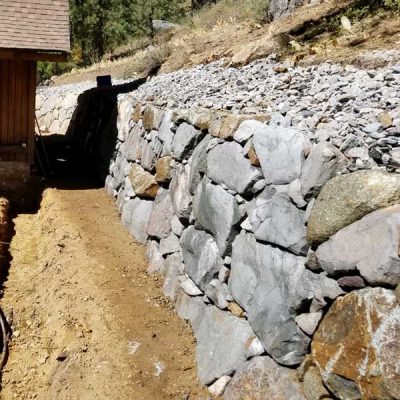
A retaining wall requires a solid foundation. This can be a gravel base or a concrete block. You should choose a material that will hold up to the weight of construction equipment. The foundation should be built below the frost line, if possible. It is important to check with local building codes and regulations before starting your project. If you are not planning to use a mortarless stone, your wall must be no more than four feet high.
To start, you should mark the area with a string or stakes. Next, use a mason’s line to tie off the area. Once the retaining wall has been installed, you can paint the area. Use a garden rake to smooth out the ground as you work.
How to Excavate and Build a Retaining Wall
You should excavate the area to a depth of about 450-500 mm. This is to ensure that there is enough room to build the septic install. Check the area for underground electrical wires. There are special tools such as a concrete sleeper grabber or a hydraulic rock breaker that can be used for this task.
Once you have dug up the site, you will need to level the ground. You should also rake away the dirt and sand that has collected. For this purpose, you may want to call a tamper or hire a mechanical tamper.

The first course of blocks should be placed in the middle of the trench. The second course should be a staggered row of bricks. They should be placed in such a way that they straddle the joint lines of the first course of blocks.
Next, you should lay down a layer of sand and gravel to help with the restraining of the wall. This can be done with a wheelbarrow or front end loader. Make sure that the backfill is compacted so that there are no hollows. When the backfill is complete, you should tamp the soil down to ensure that the entire backfill is level.
If you do not intend to use mortar, you should fill the hollows in the block with aggregate. Some bricks have grooves along the sides of the block. Others are made of cement or metal and drain quickly. These are some of the easiest materials to work with and come in a wide variety of colors.
Afterward, you can begin to place the bricks. Make sure the bricks are level. You can use a string line to guide your layout and make sure that your retaining wall is straight.
If you plan on building a retaining wall that is more than two meters tall, you should use a string line to measure the height. If you are planning to install a wall on a slope, you will need to re-do the excavation to provide room for the rocks that will be placed on top of the wall.
Once you have completed the excavation, you can start building the wall. You will need a tamper to compact the base of the wall.